Inquiry Now
Any questions? Send us message now! We’ll serve your request with a whole team after receiving your message. 🙂
| Name | Ethylene resin |
| Synonyms | CPE Ethylene resin POLYETHYLENE, CHLORI Chlorinated Polyethylene Polyethylene,chlorinated Chloro-Polyethylene(CPE) EthyleneresinchlorinatedCl ETHYLENE, CHLORINATED RESIN ETHYLENE RESIN, CHLORINATED Chlorinated polyethylene,rolled chlorinated polyethylene elastoMer |
| CAS | 63231-66-3 |
Provide low minimum order quantity to meet different needs.
Provide customized products and design services to meet unique customer needs.
Ensure fast order processing, minimize waiting time, and provide reliable and efficient service.
Provide high quality products with customer satisfaction at the core.
| Molecular Formula | C4H7Cl |
| Molar Mass | 90.55138 |
| Density | 1.22g/mLat 25°C(lit.) |
| Use | Used as modifier of polyvinyl chloride, ABS and Other Polyolefins |
| Raw Materials | benzoyl Peroxide benzoyl Peroxide Poly(ethylene) Chlorine |
The high-density polyethylene is a crystalline high polymer, and as hydrogen atoms in the molecular chain are replaced by chlorine, its crystallinity decreases, it becomes soft, and the glass transition temperature decreases. However, when the chlorine content in chlorinated polyethylene exceeds a certain value, the glass transition temperature increases. Therefore, the glass transition temperature and the melting point of the chlorinated polyethylene may be higher or lower than those of the original polyethylene. The molecular structure of chlorinated polyethylene containing ethylene vinyl chloride 1,2 ethylene copolymer, ordinary chlorinated polyethylene chlorine content of 25% ~ 45% (mass), with the resin molecular weight, chlorine content, different molecular structures and chlorination processes can exhibit different properties from hard plastics to elastomers. Chlorinated polyethylene has excellent weather resistance, cold resistance, impact resistance, chemical resistance, oil resistance and electrical properties, and has the dual properties of plastic and rubber, and with other plastics and fillers have good compatibility. Therefore, it can be filled with a large amount of filler, for example, 100 parts of titanium dioxide or 400 parts of bentonite (or carbon black) in 300 parts of resin. Chlorinated polyethylene with a chlorine content of more than 25% is also self-extinguishing. It can also be crosslinked with an organic peroxide or the like to produce a vulcanizing polymer.
chlorinated polyethylene (CPE) is a product of polyethylene chlorination. The chlorination reaction is continuously carried out by using light or free radical initiator as a catalyst. After The chlorination requirement is reached, the chlorine supply is stopped and the reaction is terminated. Chlorination reaction can use iodine, aluminum chloride, ferric chloride, organic peroxide as catalyst, slow reaction in the dark, a small amount of oxygen from the catalytic effect and a large number of oxygen inhibition. At present, the methods commonly used in the industrial production of CPE are solution method, gas phase method and aqueous phase suspension method.
chlorinated polyethylene with a small amount of PVC, HDPE, MBS modified, can be extruded to produce a variety of resistant tubing, acid tube, waterproofing membrane, profile, film and shrink film. Various molded articles, floors, sealants for construction, covering boards, wire and cable coverings, and various filling material articles can also be produced. Chlorinated polyethylene is used as a modifier for PVC, PE and rubber, which can greatly improve the performance of these products. Chlorinated polyethylene modified rigid PVC, can produce a wide range of soft, semi-soft and rigid plastic. As a toughening modifier for PVC, it can improve its elasticity, toughness and low temperature performance, and the embrittlement temperature can be reduced to -40 ℃, while the weather resistance, heat resistance and chemical stability are far superior to other rubber modifiers, thus, it can be widely used as a building material. As a modifier for polyethylene, printability, flame retardancy, and flexibility can be improved. After adding 5% CPE in HDPE, the bonding force with ink can be increased by 3 times; After adding a small amount of CPE, Sb2 03 and white oil in the formula of mine PE hose, the flame retardancy can be improved, the density of PE foam modified by CPE increases, and CPE can be used as a solubilizer for blending with ABS, PS, PP, PVC and rubber. Chlorinated polyethylene, like desirable plastics, can be applied to the surfaces of metal articles, textiles, paper, glass and wood by gas flame spraying.
The outer layer of the product packaging is polypropylene woven bag, lined with polyethylene film bag, and the net weight of each bag is 25kg. During storage and transportation, the warehouse or compartment should be kept dry, clean and well ventilated. Iron hooks should not be used during handling.
Since chlorinated polyethylene contains a large amount of chlorine atoms, it must be synthesized with additives such as heat stabilizers, pigments, fillers and lubricants to preserve its composition and produce the required properties. For example, a thermal stabilizer must be added to the thermoplastic CPE composition to avoid the formation of HC1 by heating. These heat stabilizers must be acid acceptors, such as epoxidized soybean oil, cycloaliphatic epoxy compounds, magnesium oxide and carbonates, and the like. When processed using a hot melt process, antioxidants are added to improve performance, and hindered phenols are used to ensure color stability of the resin at high temperatures. Hindered amines are used as light stabilizers to protect the light stability of the resin. Chlorinated polyethylene can be used in general injection molding, extrusion molding process. Mixed with PVC, can be used in general processing of PVC extrusion into the tube, board, wire coating, profile, film, shrink film; Can also be coated, compression molding, lamination, composite, machining, welding and bonding, etc.
| Performance | chlorinated polyethylene, appearance is white powder, non-toxic and tasteless, saturated polymer materials, with excellent weather resistance, ozone Resistance, chemical resistance and aging resistance, with good oil resistance, flame retardant and coloring properties. Good toughness and other polymer materials have good compatibility, high decomposition temperature. |
| Use | used as modifier for PVC, ABS and Other Polyolefins derived from thiadiazole; pharmaceutical intermediates |
| production method | the use of high-density polyethylene distillation chlorination reaction after the preparation, the process mainly includes solution method, suspension method, suspension solvent method and fluidized bed method. (1) solution method?????? The high-density polyethylene powder with certain characteristics is heated and dissolved in polar solvents such as carbon tetrachloride and chlorobenzene. Under the action of free radical initiator (such as azobisisobutyronitrile, etc.), the chlorination reaction was carried out at a pressure of normal pressure to 0.686MPA. After the chlorine content of the product is qualified, the product is recovered by water analysis and then dehydrated and dried to obtain a non-crystalline and elastic product. The method is easy to control and can produce stable pure chlorinated polyethylene, but the solvent is easy to cause pollution, the recovery process is complex, the energy consumption is large, and it is rarely used in industry. (2) suspension method?????? The relative molecular mass of 100,000-150,000, the particle size of 60 mesh sieve of high density polyethylene powder into containing a certain amount of emulsifier, dispersant and initiator (such as benzoyl peroxide and azobisisobutyronitrile) in aqueous medium, after completion of the emulsification, the temperature was raised to 115-120 ° C., and chlorination was carried out under normal pressure to 0.98MPA and oxygen-free conditions. Control the amount of chlorine and chlorination time, that is, the preparation of a certain amount of chlorine resin. The reaction product is neutralized, washed with water, filtered, centrifuged and dried to obtain a certain degree of crystallinity and elasticity of the product. (3) suspension solvent method????? In the suspension medium, a certain amount of solvent is added, and the chlorination operation is the same as that of the suspension method. (4) fluidized bed method????????? The use of highly dispersed polyethylene powder, in gamma rays or ultraviolet radiation, in the fluidized bed chlorine chlorination, it is also called gas phase method. The process of this method is difficult to control. |
Rubber and plastic ingredients have a wide range of applications across various industries. Here are some common applications:
Rubber ingredients, such as synthetic rubber compounds, carbon black, and processing additives, are used in the manufacturing of tires, belts, hoses, gaskets, seals, and other automotive components. These materials provide durability, flexibility, and resistance to heat and wear.
Rubber ingredients are used in the production of various industrial rubber products, including conveyor belts, industrial hoses, seals, gaskets, O-rings, expansion joints, and rubber sheets. These products are used in industries such as mining, construction, agriculture, oil and gas, and manufacturing.
Plastic ingredients, including polymer resins, plasticizers, stabilizers, colorants, and flame retardants, are used in the production of a wide range of plastic products and packaging materials. This includes food containers, bottles, packaging films, pipes, toys, electrical insulation, and automotive parts.
Rubber and plastic ingredients find application in construction materials such as roofing membranes, waterproofing materials, sealants, adhesives, and insulating materials. These materials provide weather resistance, flexibility, and durability in various construction applications.
Rubber and plastic ingredients are used in the production of consumer goods such as footwear, sporting goods, toys, household appliances, electronics, and furniture. They provide comfort, safety, and aesthetic appeal to these products.
Rubber and plastic ingredients are used in the healthcare industry for manufacturing medical devices, equipment, and packaging materials. This includes items like gloves, syringes, catheters, IV tubes, medical tubing, and pharmaceutical packaging.
Plastic ingredients are used in the production of electrical and electronic components such as connectors, cable insulation, switchgear, circuit boards, and casings for electronic devices. These materials offer insulation, flame resistance, and protection against electrical conductivity.
Rubber and plastic ingredients are utilized in the manufacturing of consumer electronic products like mobile phones, laptops, tablets, and audio-visual devices. They provide protective casings, buttons, keypads, and shock-absorbing components.
Rubber and plastic ingredients are also used in recycling processes to reclaim and reuse rubber and plastic materials. Recycling technologies help reduce waste and promote sustainability in the rubber and plastic industry.
Rubber and plastic ingredients are used in the production of a wide range of consumer goods. This includes toys, electronic devices, household appliances, packaging materials, sporting goods, footwear, and clothing accessories. They provide flexibility, shock absorption, water resistance, and aesthetic appeal.
These are just a few examples of the vast applications of rubber and plastic ingredients in various industries. The versatility and properties of these materials make them essential for numerous products and sectors in our everyday lives
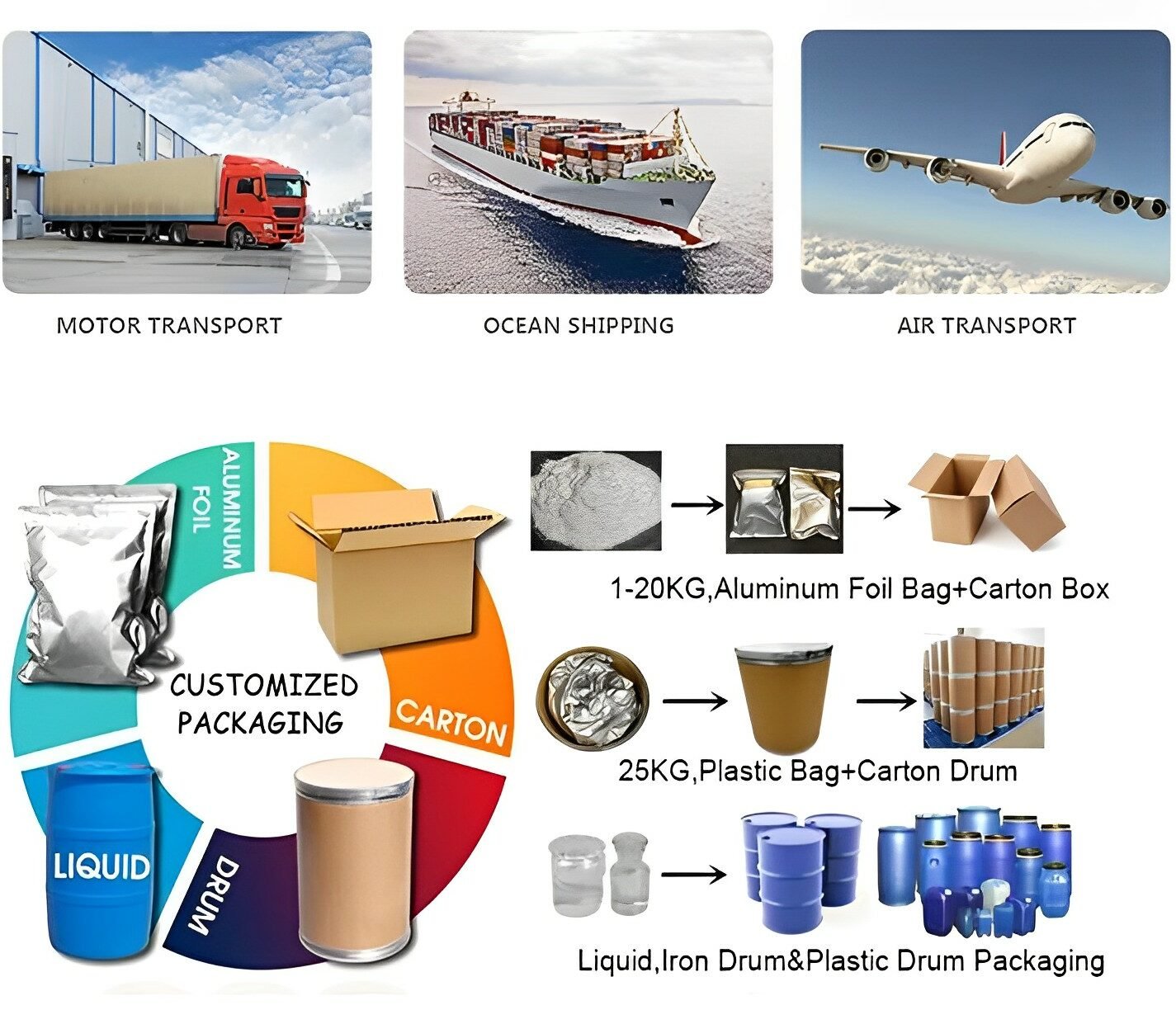
WAP Chemical
2 Years
TUV, CE, INMETRO
TT, L/C, Western Union
7-15 Days
Can Be Negotiated
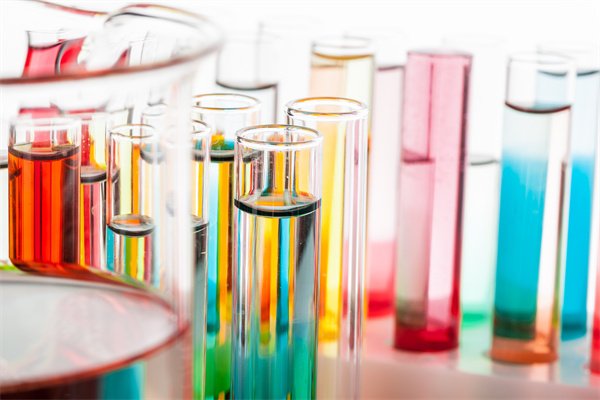
At WPA Chemical, we prioritize safety and adhere to strict quality standards in the production of food additives. Trust us to deliver products that meet and exceed industry regulations.
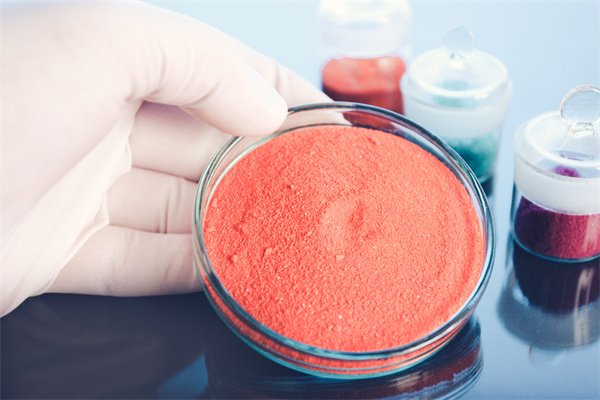
With a wide variety of food additives, we offer a comprehensive selection to cater to diverse needs. From preservatives to flavor enhancers, we have the perfect solution for every culinary requirement.

Our products undergo rigorous testing and analysis to ensure their efficacy and safety. Count on WPA Chemical to provide food additives that have been thoroughly examined and approved for consumption.
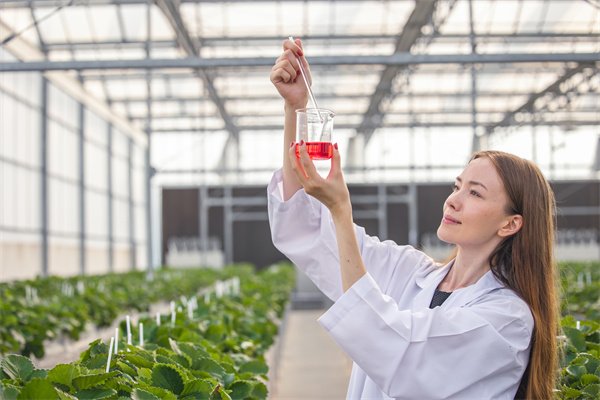
With years of experience in the food additive industry, we have developed a deep understanding of market trends and customer demands. Rely on our expertise to provide you with the finest quality additives.
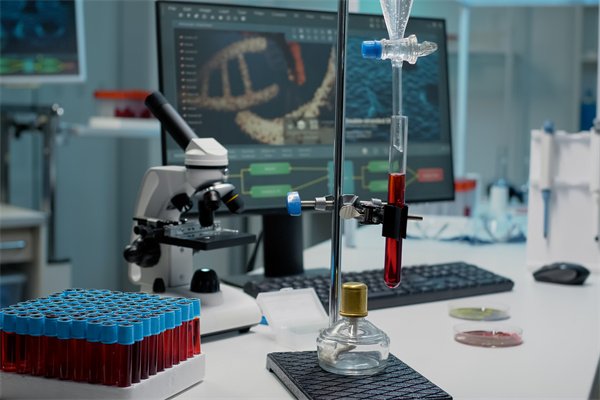
We are committed to sustainable manufacturing practices. Our food additives are produced using environmentally friendly processes, reducing our carbon footprint while delivering exceptional results.

We prioritize customer satisfaction and aim to build long-lasting relationships. Experience our prompt service, reliable delivery, and personalized support, ensuring your needs are met with utmost professionalism.
Yes, we are a rubber and plastic ingredients’ manufacturer, WPA is a company that specializes in the production and supply of various substances or compounds used in the formulation and production of rubber and plastic materials. We manufacture and provide base polymers, fillers, plasticizers, stabilizers, antioxidants, colorants, flame retardants, processing aids, and other additives to the rubber and plastic industry.
We offer a wide range of products that cater to the needs of the rubber and plastic industry. These products include different types of base polymers, specialty polymers, fillers, reinforcing agents, plasticizers, antioxidants, UV stabilizers, colorants, flame retardants, blowing agents, processing aids, and other additives.
Yes, we can provide customized products to meet specific customer requirements. WPA have the capability to modify the formulation, grade, or properties of their ingredients based on the customer’s needs, such as adjusting hardness, flexibility, color, or other desired characteristics.
Rubber and plastic ingredients are various substances or compounds that are used in the formulation and production of rubber and plastic materials. These ingredients include base polymers, fillers, plasticizers, stabilizers, antioxidants, colorants, flame retardants, processing aids, and other additives.
Rubber and plastic ingredients serve several purposes in the manufacturing of rubber and plastic products. They enhance the mechanical properties, such as flexibility, strength, and durability. They improve processability, moldability, and stability. They also provide desirable characteristics like UV resistance, chemical resistance, heat resistance, flame retardancy, color, and texture.
Rubber and plastic ingredients can involve various types of polymers. For rubber, common base polymers include natural rubber (NR), styrene-butadiene rubber (SBR), polybutadiene rubber (BR), nitrile rubber (NBR), ethylene propylene diene monomer rubber (EPDM), and silicone rubber. For plastics, different polymers like polyethylene (PE), polypropylene (PP), polyvinyl chloride (PVC), polyethylene terephthalate (PET), and polystyrene (PS) are used.
Fillers are materials that are added to rubber and plastic formulations to improve their mechanical properties, reduce costs, and enhance processing. Common fillers include carbon black, silica, calcium carbonate, talc, and glass fibers. They help reinforce the material, increase stiffness, improve abrasion resistance, and reduce shrinkage.
Yes, there are environmental considerations associated with rubber and plastic ingredients. The choice of ingredients and additives can impact the biodegradability, recyclability, and sustainability of rubber and plastic materials. Increasingly, manufacturers are exploring eco-friendly alternatives and adopting practices that minimize the environmental impact of rubber and plastic production.
Selecting the right rubber and plastic ingredients involves considering the desired properties, performance requirements, processing conditions, and applicable regulations for your specific application. It is often beneficial to consult with WPA experts so that we can provide guidance based on our knowledge and experience.
Yes, rubber and plastic ingredients can be customized to meet the specific requirements of different applications. WPA can tailor the formulation by adjusting the type and amount of ingredients to achieve the desired properties and performance characteristics.
We are international chemical products supply chain company based in Shanghai, China with more than 10 years working experience, sell to Eastern Europe(50.00%), North America(30.00%), Africa(10.00%), Southeast Asia(5.00%), Eastern Asia(5.00%). There are total about 10–15 people in our office.
Always a pre-production sample before mass production;
Always final Inspection before shipment;
Coating auxiliaries,rubber chemicals, plastics, special pigments, flavors and fragrances, food additives, cosmetic raw materials, surfactant, etc
WPA is a professional trading company specialized in export chemicals, Our actual capacity is 200,000 tons, with competitive price.We also provide fine checmicals and food additives. And we have a supply chain for chemicals.
Accepted Delivery Terms: FOB, CFR, CIF, EXW, FAS, CIP, FCA, CPT, Express Delivery
Accepted Payment Currency:USD, EUR, JPY, CAD, AUD, HKD, GBP, CNY, CHF;
Accepted Payment Type: T/T,L/C,D/P D/A, MoneyGram, Credit Card, PayPal, Western Union, Cash;
Language Spoken:English, Chinese, Russian
Normally within 20 days after order has been placed. For details, please contact us by phone or email.
Any questions? Send us message now! We’ll serve your request with a whole team after receiving your message. 🙂
Privacy Policy. Powdered by XCHEMI
Fill out the form below, and we will respond to your inquiry as soon as possible.
